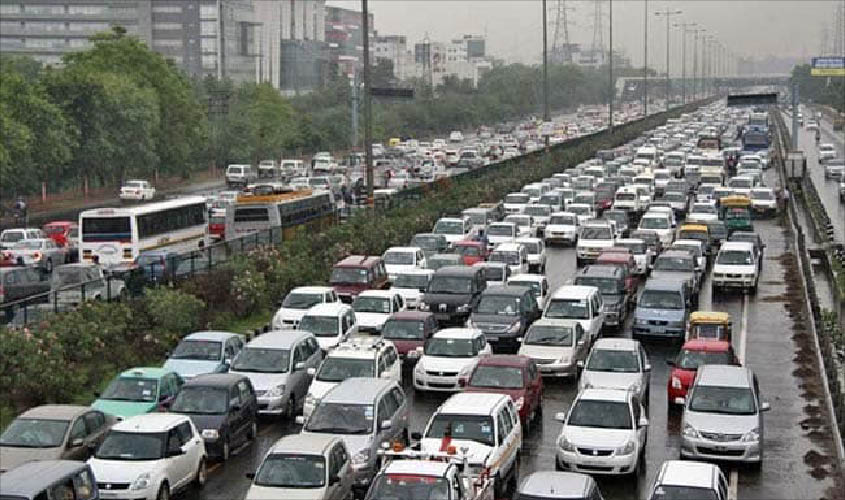Many applicants have been driving without a licence for decades and would give Rs 100 as bribe to traffic cops. Now they are not willing to give Rs 1000 as bribe.
NEW DELHI: With the new Motor Vehicle (MV) (Amendment) Act 2019 in force, the Road Transport Offices (RTOs) across the city are witnessing a huge rush of applicants to get their driving licence (DL) made as the fine for driving without a licence under the new Act has been increased manifold.
Under the new Act which came into effect from 1 September, there are provisions for hefty fines for violating traffic rules in general. In particular, the penalty for driving without a licence under the new Act has been raised to Rs 5,000 from the earlier Rs 500.
Dyal Singh Mehra, a senior RTO official at Dwarka, told The Sunday Guardian: “Despite technology at work, we are facing difficulties in managing crowds of new applicants who have started coming after the implementation of the MV (Amendment) Act 2019. However, the exact statistics of the number of applicants is not available. The increased waiting time is sufficient to make out that the fear of new Act is at play. Earlier, the waiting time for processing one application was 15-20 minutes, now it takes more than two hours to complete one application.”
On claims made by the government of providing an online process for making a driving licence, Mehra said: “The online process is limited to submission of application and fee, rest of the process such as online test for getting a learning driving licence, making photo IDs and offline tests are done at the centre, which takes a lot of time.”
“Also, people prefer to visit centers for even filing applications as most of the applicants are not aware about the process and they end up opting for the offline process. The hard task here is to deal with unruly applicants and keep the touts out from the whole process,” Mehra added.
This reporter interacted with several applicants at the Dwarka RTO office, where many applicants revealed that they have been driving without a licence for decades.
Sandeep Chaudhary, a 42-year-old applicant, said: “I have been driving a vehicle since I was a 16-year-old and never thought of getting a driving licence. Although traffic police caught me several times in these years driving without a licence, every time I would just pay Rs 100-200 bribe to the traffic cops to escape paying the full challan amount which was Rs 500. Now, under the new Motor Vehicle Act, the fine for not having a driving licence is Rs 5,000 and that is huge. Even if I try to pay bribe, it would cost me more than Rs 1,000 as the traffic cops would not take less than that.”
Saumya Thakur, another applicant at the RTO office, said that she never attempted to get a driving licence, but continued driving her car. “My father asked me many times to get my driving licence, but I never paid heed to his advice. Since the new traffic Act has come into force, I fear getting caught as now under the new Act, I will have to pay Rs 5,000 for driving without a licence,” Thakur said.
Before the new MV Act 2019 came into force, people hard ly feared the law and penalties, but the new Act and the hefty fines under it have forced people to follow traffic rules.
Rahul, an applicant, said: “Since 1 September, I stopped driving my vehicle as I knew I would be challaned Rs 5,000 for not having a driving licence. So I came here to make my licence. The facility has indeed improved at this centre, but I am waiting for almost two hours to get my work done. Also, I have to come here few more times for tests and other formalities. I feel that the penalty under the new Act is too much and not affordable from most citizens.”
Jitender Meena, a senior RTO official, said that the Delhi government is focusing on reducing human intervention from RTOs and promotion of technology so that people do not face problems and can get their work done in a speedy manner.
“The Delhi government aims to make issuance of a driving licence comprehensive and convenient, and more efficient with minimal human intervention. The fully automated driving test facilities use access control along with biometric, and RFID (Radio Frequency Identification) recognition system. Access Control will permit entry of applicants only at the pre-assigned time slots, thus making it efficient and convenient,” Meena told The Sunday Guardian.
“The use of high-resolution cameras, real-time video, instant results, online registration, will make the entire driving licence making process much more convenient and efficient,” Meena said.

